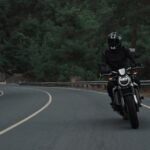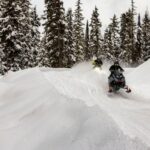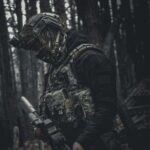Whether you’re venturing into the great outdoors, prepping for emergencies, or getting into recreational shooting or survival training, having the right tactical gear can make all the difference. But let’s be honest, stepping into the world of tactical gear can feel like walking into a military surplus store with a blank check.
There’s so much to choose from, but do you really need all of it? More isn’t always better, especially when you’re just starting. The key is building a smart, functional setup without weighing yourself down, literally or financially. Let’s break it all down and help you build your first kit with confidence.
Understanding Tactical Gear
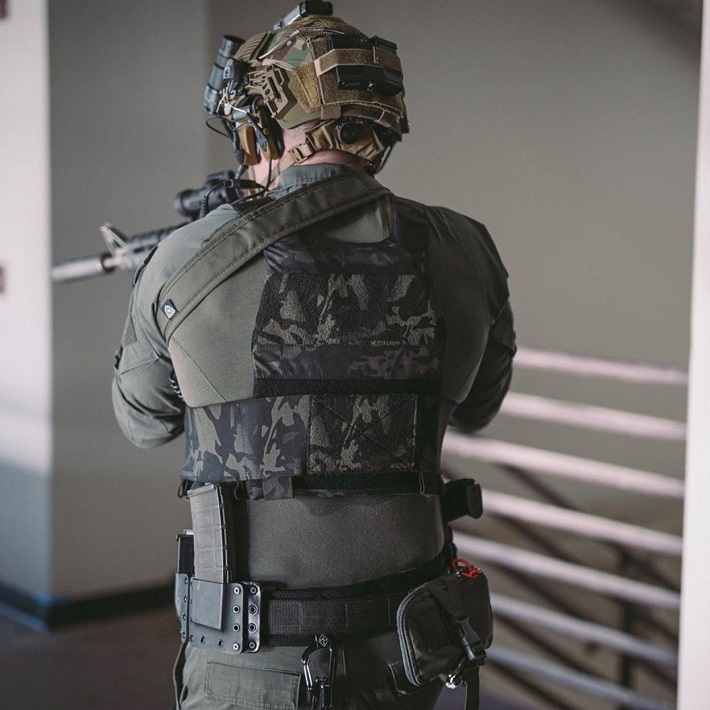
First things first, what is tactical gear? In simple terms, tactical gear refers to equipment designed for functionality, durability and performance in high-pressure or rugged environments. It originated with military and law enforcement applications but has since been adopted by outdoorsy folks, survivalists, hunters and even weekend adventurers.
Tactical gear isn’t just about looking tough, though bonus points if you do. It’s about having reliable, practical tools and clothing that serve a real purpose no matter whether you’re hiking remote trails, working security or prepping for emergencies. Before you venture into what tactical gear Canada shops offer, you need a quick cheat sheet on what you do and don’t really need.
What You Really Need: Must-Have Tactical Gear for Beginners
So, let’s cut through the noise. If you’re new to the scene, here are the essentials, the real-deal, tried-and-true items to get you started without going overboard:
1. A Solid Tactical Backpack
Start here. A tactical backpack is the heart of your tactical equipment setup, your mobile base camp. Look for one that’s comfortable, weather-resistant and built with MOLLE webbing so you can customise your loadout. You’ll be amazed at how much you can carry without turning into a walking brick wall.
2. Multi-Tool
Nothing beats a high-quality multi-tool. From fixing gear to opening cans, tightening bolts or cutting cord, this is your everyday hero. It’s compact, versatile, and probably the one piece of tactical equipment you’ll end up using the most.
3. LED Tactical Flashlight
If you’ve ever tried walking through the woods at night with your phone light, you already know the value of a real tactical flashlight. Look for one with at least 300 lumens, water resistance and different modes (like strobe or low-beam). Bonus: it can double as a self-defence tool if needed.
4. Tactical Gloves
Protect those hands! Whether you’re handling wood, navigating rocky terrain or training at the range, gloves help you maintain grip and avoid cuts or blisters. Tactical gloves are built tougher than your average gardening pair, with reinforced palms and knuckle protection.
5. Basic First Aid Kit (IFAK)
You don’t need a paramedic’s bag, but a compact, well-stocked first aid kit is a must. Include essentials like bandages, antiseptic wipes, tweezers, gauze and a tourniquet. Tactical situations aren’t always about defence—they’re about being ready to help yourself and others when things go sideways.
6. Folding Tactical Knife
A reliable, sharp and legal folding tactical knife is one of the most useful tools you can carry. From cutting rope to preparing food or emergency survival, it’s small but mighty.
What You Don’t Need (Yet): Tactical Gear to Skip for Now
Here’s where things get real. There’s plenty of tactical gear Canada offers that looks impressive but doesn’t serve much purpose for beginners. Save your hard-earned loonies for later and invest in the essentials first.
1. Body Armour and Plate Carriers
Unless you’re in law enforcement or training for a specific role, this is a big investment with limited use. It’s heavy, expensive and unnecessary for general outdoor or emergency prep.
2. Night Vision Goggles and High-End Optics
Yes, they’re cool. Yes, they’re expensive. No, you don’t need them unless your nighttime missions involve navigating pitch-black terrain or operating in high-threat environments. For most, a quality flashlight gets the job done.
3. Tactical Vests with Too Many Pouches
We love a good vest, but for beginners, a full tactical vest with 12 different pouches and plate inserts is overkill. Stick to a modular pack system until you know what gear you’re going to carry regularly.
4. Breaching Tools
Unless you’re actually breaching doors, you can skip the battering rams, sledgehammers and crowbars. These are fun to look at but serve little purpose for recreational or emergency preparedness.
Tips for Building Your Tactical Kit Over Time
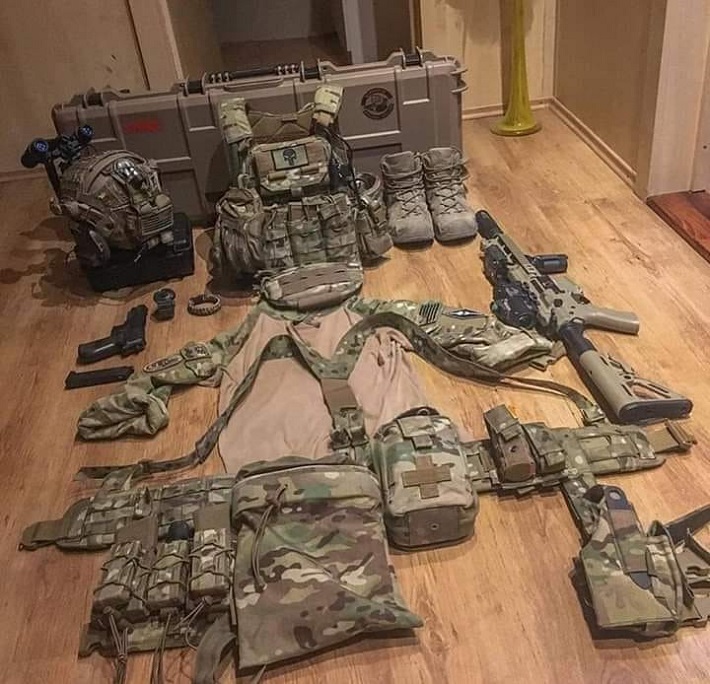
The key to a well-rounded kit? Don’t rush it. Think of your tactical gear setup as a living, breathing thing that is always evolving, improving and adapting to your needs.
Define Your Purpose
Are you a weekend camper? A city-based prepper? A backcountry explorer? Your gear should suit your lifestyle. No point in buying gear for scenarios you’ll never encounter.
Quality Over Quantity
It’s tempting to buy cheap duplicates of everything, but you’ll end up replacing them faster than you’d think. Invest in a few high-quality essentials first.
Learn How to Use Your Gear
Gear is only as good as the person using it. Learn first aid, practice knife safety, try out your flashlight settings and test your gear in real-world conditions. You don’t want to read the manual in the middle of a crisis.
Conclusion
Starting your tactical journey doesn’t have to mean going full commando right out of the gate. In fact, the smartest beginners focus on functionality, comfort and building confidence with each piece they add to their kit. Get the essentials and you’re already ahead of the game. From there, take your time exploring all the incredible equipment available on the market to expand your kit over time. Preparedness is about being ready, not overloaded.

